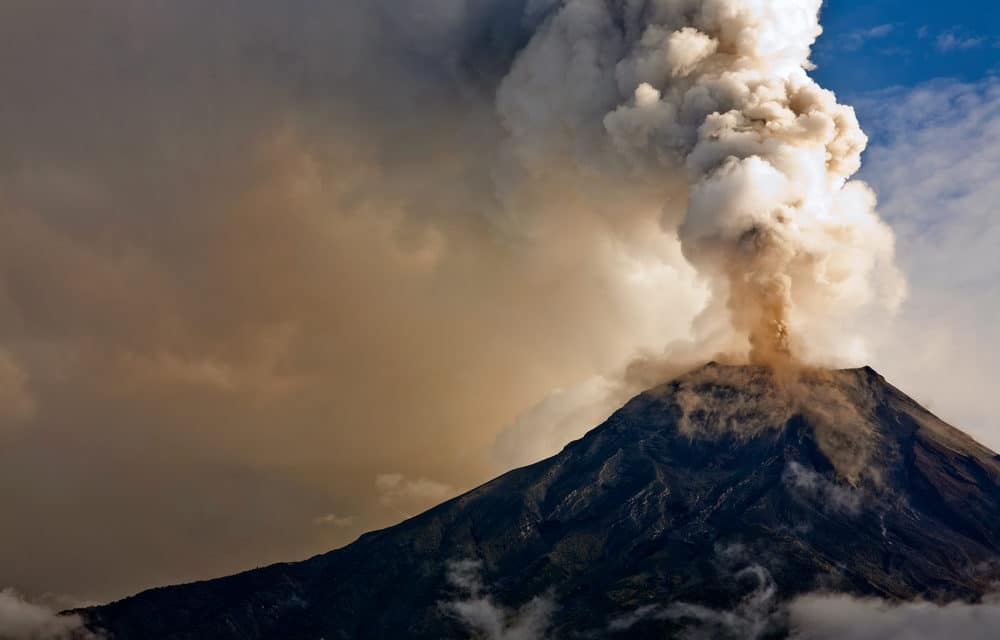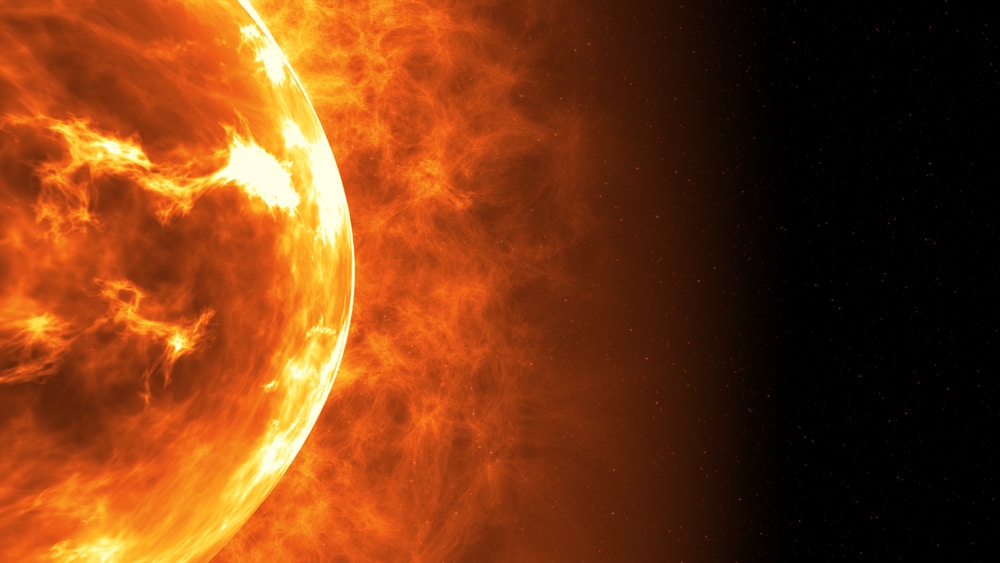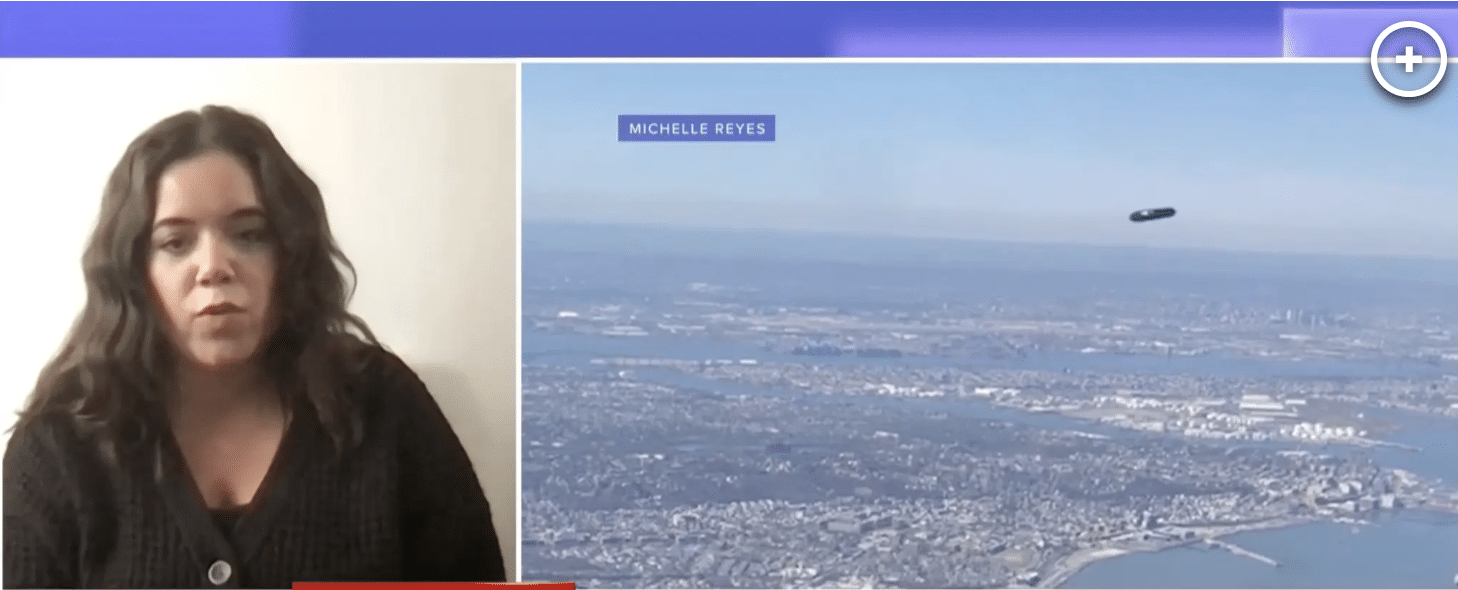(Study Finds) – Volcanoes have long been a great source of mystique for scientists. In particular, figuring out how to detect an imminent eruption sooner to avoid deadly outcomes, such as the New Zealand eruption in 2019, is a top priority.
Now, volcanologists say they have discovered the “holy grail” of volcano research after finding a way to predict eruptions by looking at decades-old lava crystals. A new study of dried-up lava reveals that crystal formations can tell scientists about magma flows underground and give hints about when they might next blow.
The astounding discovery at Kilauea Iki, a pit crater next to the main summit caldera of the Kilauea Volcano in Hawaii, came after examining deposits of olivine, a green mineral brought up from beneath the earth’s surface, during eruptions. Despite being leftover from an eruption of Kilauea Iki as far back as 1959, an analysis of the millimeter-sized crystals revealed they were oriented in an odd, but surprisingly consistent pattern.
The crystals form when the magma, which is called lava once it reaches the surface, comes into contact with cool air, which causes it to solidify rapidly and trap the crystals as they were at the moment of eruption. Scientists from Stanford University in California realized the patterns in the crystals were created by a wave in the magma below the surface moving in two directions at once. They say one flow moved directly on top of the other, rather than pouring through the hollow column at the center of the volcano, known as the conduit, in one steady stream. READ MORE
















